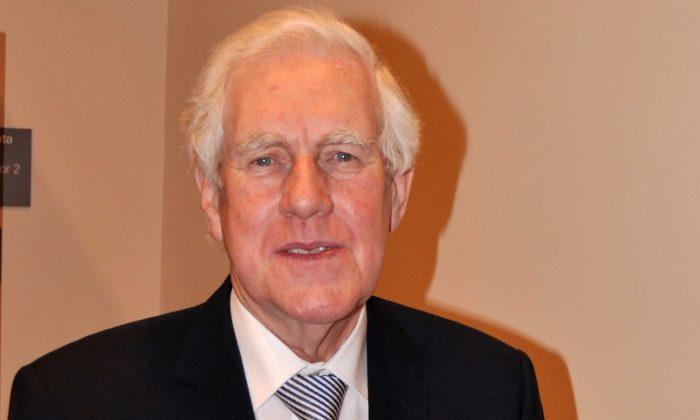The Central Statistics Office (CSO) has reported the sixth successive growth in employment which is good news; however, sometimes unemployment, employment and live register figures are interchanged to give the best possible impression to the public.
The Epoch Times spoke with Statistician Brian Ring from the CSO to get a better view of what exactly makes up the employment figures and which one we should be keeping an eye on.
The CSO has a field staff of people who sample houses in a given quarter and the data they collect makes up the Quarterly National Household Survey (QNHS), which is used to work out employment and unemployment figures. “In a given three months they will knock at the doors of roughly 20,000 homes and they will ask people a suit of questions on a laptop, the reason for the electronic questions is because the answer to one question may mean asking a different set of following questions,” explains Mr Ring.
“If I ask you if you are working full-time or part-time and you say you work part-time, then there would be follow-on questions as to the reasons you are working part-time. But if you had said you worked full-time then you won’t be asked those questions.”
The data for these questions is used to define a person surveyed into three basic classifications of employed, unemployed or not in the labour force. The labour force is the sum of the employed and unemployed figures. The criteria of employed is that you worked (min 1 hour) for pay or profit (or unpaid work for a family member) in the reference week or was available to work (holidays) during the reference week (week prior to the question week). If you are waiting to start a job in the next three months you are also included in the employment figures.
“The vast majority of people, the vast number of the employed people are in the first two options where you said yes, you did work during the week or you were just out for the week (holidays) but are due back in work. That covers around 99 per cent of the people,” commented Mr Ring.
“The first criteria for unemployed is that you are not employed. We ask questions like have you been looking for work? Or are you available to work? And the steps you took when you were looking for work. So if you are looking for work, are available to work and have taken active steps to get work, you are considered unemployed.”
According to Mr Ring the QNHS criteria is agreed with the International Labour Organisation (ILO) and the ILO criteria is the recommended way to produce all labour force surveys and not just EU ones.
Current Employment data
“What we have seen is that the low point of employment and the high point of unemployment would indicate that the first half of 2012 was the bottoming out of the employment or the topping out of the unemployment numbers. You have seen improvements around then, in terms of the numbers coming out the other side; that’s what you have been basically seeing. That’s what the numbers have been showing.
“We would have seen the first annual growth in employment was in Q4 2012. It was only up very slightly, but employment has been up on an annual basis each quarter since that. So in employment terms, the last quarter was the sixth in a row where we had annual employment growth. Likewise in unemployment terms it was the seventh quarter in a row where you had a decrease on an annual basis in unemployment.”
Concluding, Brian says: “The numbers have changed quite dramatically over the past couple of years; on the one hand in 2008 and 2009 there was dramatic down in the last couple of quarters. It hasn’t been the same level as the down but it’s hard to jump from that to saying that we can react faster than the rest of Europe.”




Friends Read Free